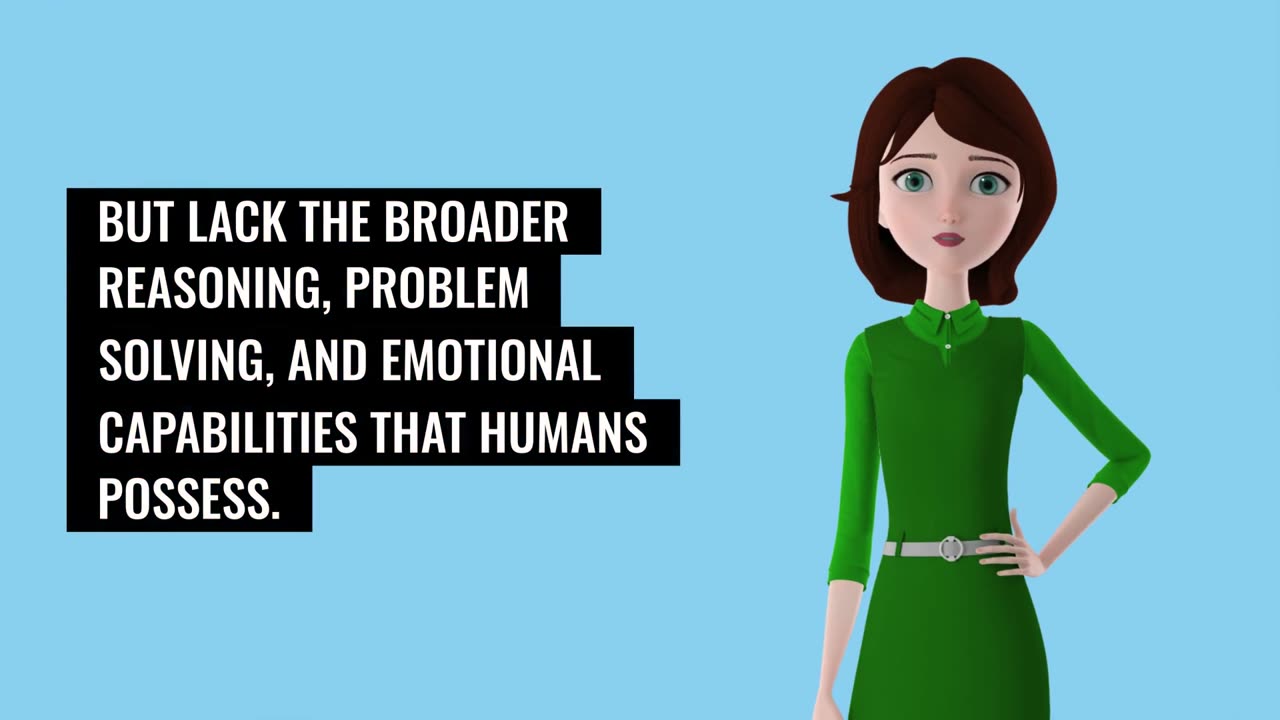Premium Only Content

THE TOURING TEST
The Turing Test stands as a pivotal concept in the realm of artificial intelligence, serving as a litmus test to gauge the extent of human-like behavior exhibited by AI systems. First proposed by Alan Turing in 1950, this test has sparked intense discussions about the true nature of intelligence, the potential of machines to simulate human cognition, and the ethical implications of creating AI that blurs the lines between human and machine.
At its essence, the Turing Test involves a structured interaction between a human judge, a human participant, and an AI system. Through a text-based conversation conducted via a computer terminal, the judge engages in a series of exchanges with both the human and AI entity. The key objective is for the judge to correctly identify which of the two respondents is the machine. If the judge is unable to consistently differentiate between the human and the machine based on their responses, the AI is considered to have passed the Turing Test, demonstrating an impressive ability to mimic human conversation.
However, beneath the surface of this seemingly straightforward assessment lies a complex web of challenges and considerations. Critics argue that the Turing Test, while indicative of linguistic prowess, does not necessarily reflect genuine understanding or consciousness on the part of the AI. It is possible for AI systems to generate contextually relevant responses without truly comprehending the content they are generating. This notion has led to philosophical debates about the true essence of intelligence and the distinction between appearance and reality in AI behavior.
Furthermore, the Turing Test hinges heavily on the human judge's subjective evaluation. The fallibility of human judgment and the potential for bias introduce a degree of uncertainty into the test's outcomes. This has prompted the exploration of more objective and comprehensive assessment methods that encompass a wider array of human-like behaviors and cognitive capabilities.
In contemporary AI development, the Turing Test remains a foundational concept, albeit one that has evolved and diversified. Beyond textual interactions, AI's abilities are now evaluated across a spectrum of tasks, ranging from image recognition and game playing to creative content generation and medical diagnosis. While the Turing Test serves as a historical landmark, it is just one facet of the multifaceted approach required to understand and evaluate AI's ever-expanding capabilities.
Ethically, the Turing Test raises profound questions about transparency and trust. As AI systems become more adept at simulating emotions, thoughts, and even empathy, the need for clear communication about the nature of interactions becomes paramount. Users may find themselves forming attachments to AI entities that are, at their core, sophisticated algorithms. This dynamic necessitates a careful balance between technological advancement and maintaining ethical standards that protect users from potential emotional and psychological manipulation.
In conclusion, the Turing Test's enduring significance in the AI landscape is indisputable. While its limitations are acknowledged, it has paved the way for a broader exploration of AI's potential, its boundaries, and its ethical implications. As technology advances, our understanding of intelligence deepens, and our interactions with AI become more intricate, the Turing Test remains a touchstone for measuring the evolution of AI's human-like behavior.
-
 1:50:51
1:50:51
Adam Carolla
5 days ago $8.27 earnedDave Portnoy RAILS against entitled, lazy Gen-Z Workforce + Comedian Dusty Slay | Adam Carolla Show
19.9K27 -
 12:10
12:10
Talk Nerdy Sports - The Ultimate Sports Betting Podcast
37 minutes ago4/20/25 - Easter Sunday Special: Vas Resurrects the Slip & Buries the Books 🧾🔥
-
 15:00
15:00
Mrgunsngear
15 hours ago $4.02 earnedDan Wesson DWX: 2011 & CZ-75's Baby
19.5K14 -
 16:07
16:07
SKAP ATTACK
13 hours ago $2.55 earnedNuggets STEAL Game 1 Behind Jokic Mastery
28K7 -
 LIVE
LIVE
Big Fitz Plays
2 hours agoWho Gave Me a Chainsword?! | Space Marine 2 Chaos Stream
95 watching -
 22:16
22:16
marcushouse
16 hours ago $2.57 earnedFinally, the Starship Info We’ve Been Waiting For… And What We Can Do With It Is Wild!
19.4K14 -
 33:32
33:32
Ohio State Football and Recruiting at Buckeye Huddle
14 hours agoOhio State Football: What Position is the Biggest Question Mark for the Buckeyes?
19.5K2 -
 LIVE
LIVE
JahBlessGames
1 hour agoEASTER STREAM TEST
69 watching -
 9:30
9:30
VSOGunChannel
18 hours ago $1.48 earnedAdmin Actually Defending the 2nd Amendment?
17.2K10 -
 LIVE
LIVE
Biscotti-B23
3 hours ago $0.15 earned🔴 LIVE REMATCH TOURNAMENT W/ DOTODOYA ⚽ OTSUTSUKI FC VS YOUTUBE ALLSTARS
45 watching